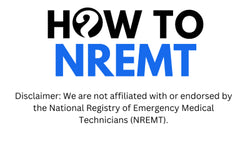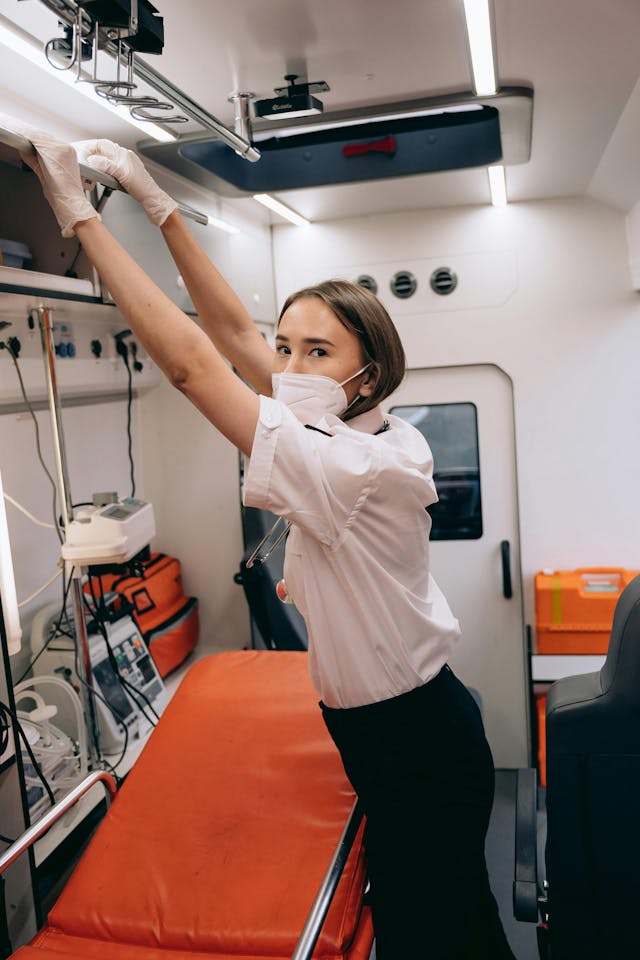Wondering How You Can Become an EMT in Nebraska?
If you’re the kind of person who doesn’t hesitate in an emergency, who wants to step in, take action, and help, becoming an Emergency Medical Technician (EMT) in Nebraska might be the right move.
Nebraska relies on well-trained EMS providers. Whether you are in Omaha, Lincoln, or a rural community, EMTs play a crucial role in emergency medical services. However, obtaining certification is not automatic; you must meet specific state requirements and successfully pass the NREMT cognitive exam, which is known for its difficulty.
Here’s what the process looks like and how to give yourself the best chance of passing the first time.
EMT Certification in Nebraska: What You Need to Know
The Nebraska Department of Health and Human Services (DHHS), Division of Public Health, Licensure Unit, is the authority that oversees EMT certification in the state.
You’ll work with both DHHS and the National Registry of Emergency Medical Technicians (NREMT) to earn full state licensure.
Below is a step-by-step breakdown of what it takes.
Step 01
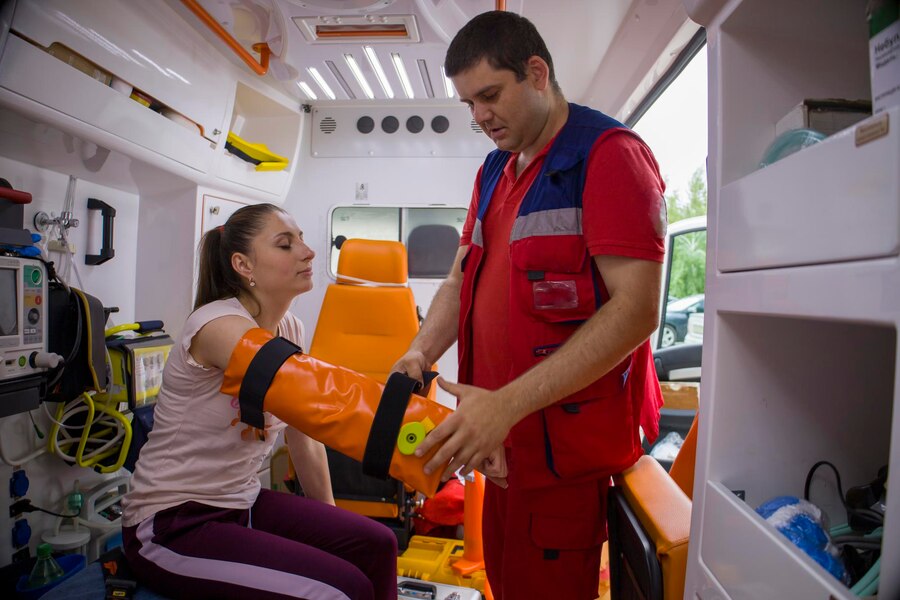
Meet the Entry Requirements
Before you start training, make sure you meet the following basic requirements:
- You must be at least 18 years old.
- A high school diploma or GED is required.
- You need a valid CPR certification at the Healthcare Provider level.
- You must be physically and mentally fit to perform EMS duties, including lifting patients and operating in stressful environments.
Step 02

Complete a Nebraska-Approved EMT Training Program
Enroll in an EMT course approved by the Nebraska DHHS. These are offered at community colleges, tech schools, and EMS training centers across the state.
Each program will include classroom instruction, hands-on skills labs, and clinical or field training. Completing this program makes you eligible to take the NREMT cognitive exam.
Step 03

Pass the NREMT Cognitive Exam
This is the biggest hurdle for many students. The NREMT cognitive exam is not just about memorizing facts. It tests how well you can think through real-world emergencies.
Questions are scenario-based and shift in difficulty depending on your answers. It’s a computer-adaptive test (CAT), so the better you do, the harder it gets.
The updated five exam domains for EMTs include:
- Scene Size-Up and Safety: Can you quickly recognize hazards and protect yourself and others?
- Primary Assessment: Can you find life threats and respond immediately?
- Secondary Assessment:Can you perform a complete exam and gather history?
- Patient Treatment and Transport: Can you manage care and make sound transport decisions?
- Operations: Do you understand EMS systems, safety, and professionalism?
Note: Pediatric care is included throughout.
Because the exam is so unique, the best way to study for NREMT isn’t cramming. It’s using tools that match the actual test format, like NREMT practice exams, scenario-based learning, and guided support.
Step 04

Apply for Nebraska EMT Licensure
Once you pass the exam, you’re eligible for certification. You’ll need to:
- Apply to the Nebraska DHHS Licensure Unit
- Provide proof of your training program completion
- Submit your NREMT cognitive exam results
- Complete a criminal background check and fingerprinting
If all your documents check out, Nebraska will issue your EMT license.
Step 05
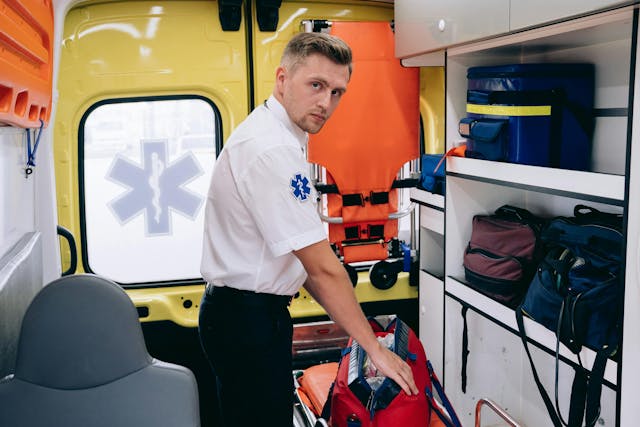
Maintain Your Certification
Nebraska EMT licenses are valid for two years.
To renew, you’ll need to complete continuing education hours. You can either maintain your NREMT certification or follow Nebraska’s CE guidelines. Either way, staying sharp is mandatory.
NREMT vs. State Certification: What’s Different?
| Requirement | NREMT | Nebraska |
|---|---|---|
| NREMT cognitive exam | Required | Required |
| CPR certification | Required | Required |
| Psychomotor skills test | No longer required | Required |
| Background check | Not required | Required |
| State application | Not applicable | Required |
Note: The ALS psychomotor skills test is no longer applicable at the national level and is only a state-level requirement.
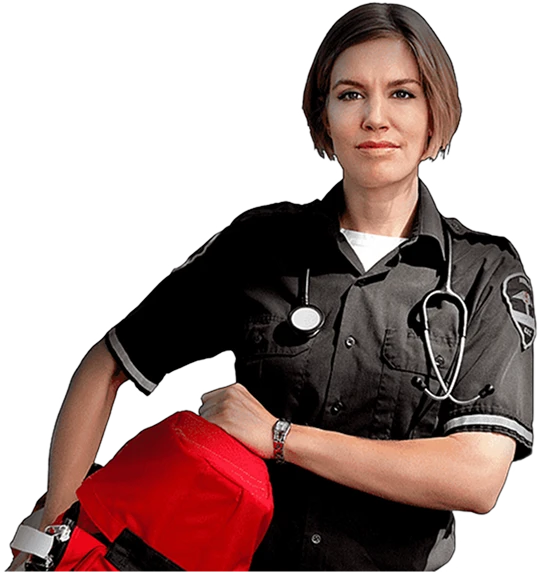
- Choosing a selection results in a full page refresh.
